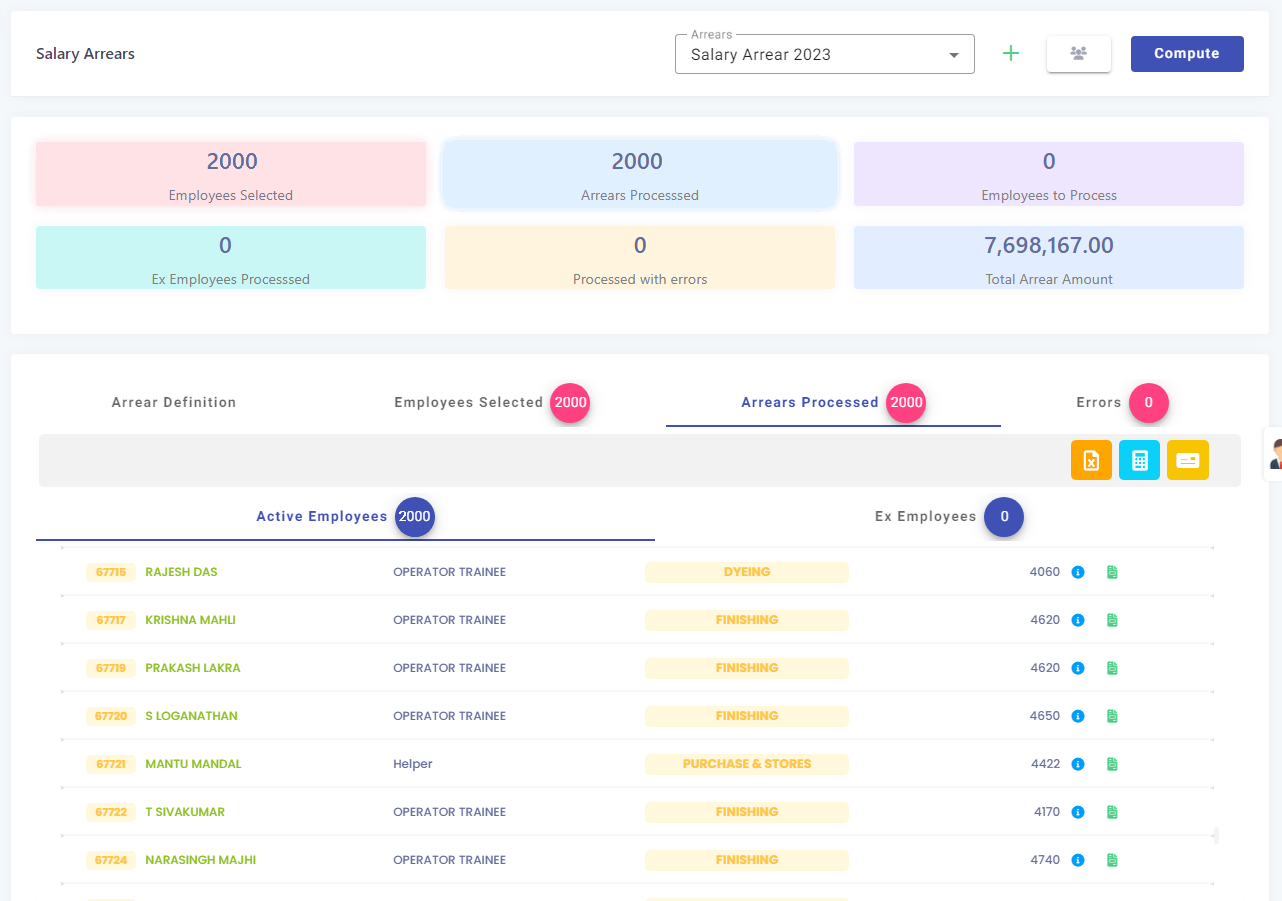Back pay, often referred to as arrears, is a term in human resources that denotes the compensation owed to an employee for work performed in the past but not paid during the regular payroll cycles. This situation may arise due to various reasons, such as payroll errors, retroactive adjustments, contractual changes, or corrections in salary calculations.

Causes of Back Pay:
1) Payroll Errors:
Mistakes in payroll processing, whether in calculating hours worked, applying pay rates, or other administrative errors, can result in employees not receiving their rightful compensation in a given pay period.
2) Contractual Changes:
When there are modifications to an employment contract, such as a salary increase or revised terms, back pay may be necessary to adjust the compensation retroactively from the effective date of the change.
3) Retroactive Adjustments:
Organizations may implement retroactive adjustments for various reasons, including changes in benefits, bonus structures, or overtime policies. Employees are then entitled to receive the additional compensation for the relevant period.
Handling Back Pay:
1) Identification and Analysis:
HR professionals must actively monitor payroll processes and employment terms to identify instances where back pay may be applicable. Conducting regular audits and analyses can help catch discrepancies early on.
2) Communication:
Transparent and timely communication with affected employees is crucial. When back pay situations arise, employers should inform the individuals involved, explaining the reasons for the adjustments and providing a clear breakdown of the owed amounts.
3) Legal Compliance:
Ensuring compliance with labor laws and regulations is paramount. HR teams must be familiar with relevant statutes and collective bargaining agreements to address back pay issues in accordance with legal requirements.
4) Documentation:
Accurate recordkeeping is essential to substantiate back pay calculations. HR should maintain detailed records of working hours, pay rates, and any contractual changes to validate the adjustments made.
5) Payment Process:
Establish a clear and efficient process for disbursing back pay. Define the payment schedule, method, and frequency to ensure that employees receive their arrears in a timely and organized manner.
6) Employee Queries and Dispute Resolution:
Anticipate and address employee queries regarding back pay. Establish a structured dispute resolution process to handle disagreements or concerns, promoting a fair and transparent resolution mechanism.
7) Prevention Measures:
Implement measures to prevent future back pay situations. This may involve refining payroll processes, conducting regular training for payroll staff, and staying vigilant about changes in employment terms.
By proactively addressing and appropriately handling back pay situations, HR professionals contribute to maintaining positive employee relations, ensuring legal compliance, and fostering trust within the workforce.

Leave A Comment
You must be logged in to post a comment.